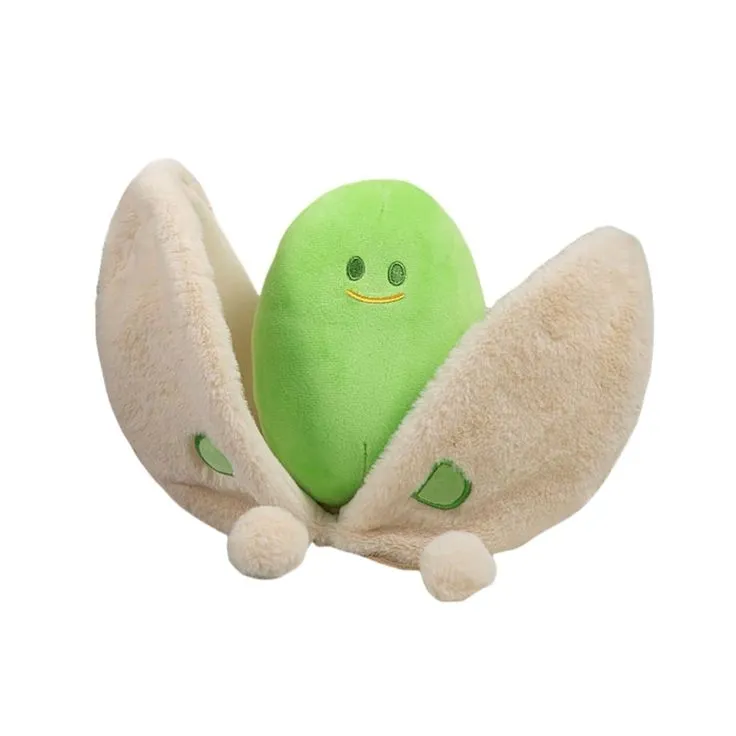Understanding Plush Toys Stuffing: From Polyfill to Organic Wool

Plush toys are a beloved item for children, adults, and collectors alike. But have you ever wondered what makes them so soft and huggable? The secret lies in what’s inside the stuffing. Understanding what plush toys are stuffed with not only satisfies curiosity but also helps consumers make informed decisions, especially for those with allergies, sustainability concerns, or product safety in mind. What Are Plush Toys Stuffed With? Common Stuffing Materials Used in Plush Toys 1. Polyester Fiberfill (Polyfill) The most widely used stuffing in modern plush toys is polyester fiberfill, often referred to as polyfill. This synthetic material is soft, fluffy, lightweight, and hypoallergenic. It gives plush toys their squishy texture while being safe for children. Polyfill is also washable, making it ideal for toys that may need frequent cleaning. 2. Cotton Some plush toys, especially handcrafted or organic options, use natural cotton as stuffing. Cotton provides a firmer feel compared to polyfill and is valued for being biodegradable and eco-friendly. 3. Wool Wool stuffing is less common but still found in high-end or natural plush toys. It’s a sustainable material with good insulation and moisture-wicking properties. However, wool can trigger allergies in sensitive individuals. 4. Beans, Pellets, or Beads Some plush toys are partially filled with plastic pellets, beans, or microbeads to add weight or texture. These are usually enclosed in a separate pouch inside the toy to provide a beanbag-like feel. This stuffing helps plush toys sit upright or have a tactile, sensory experience. 5. Recycled Materials As sustainability becomes a priority, many manufacturers now use recycled polyester or recycled cotton to fill plush toys. These options reduce waste while maintaining the softness and quality expected from traditional fillings. Also Read: Can Plush Toys Be Dry Cleaned? Which Stuffing Is Best? There is no one-size-fits-all answer it depends on the purpose of the plush toy: Are Plush Toy Stuffings Safe? Yes, most modern plush toys meet international safety standards. Manufacturers use non-toxic, flame-retardant, and hypoallergenic materials. However, it’s always important to check product labels, especially for young children. Plush toys with bead or pellet fillings should be double-stitched or have safety linings to prevent choking hazards. Can Stuffing Be Replaced or Recycled? In some cases, plush toy stuffing can be replaced especially in the case of older or torn toys. DIY plush restorers often open seams and refill toys with new stuffing. As for recycling, while polyfill is not always curbside recyclable, some textile recycling programs do accept plush toys. Opting for toys with recycled or natural stuffing from the start is a more eco-friendly choice. Final Thought Understanding what plush toys are stuffed with can help you choose the right toy whether you’re looking for something soft and huggable, safe for kids, or kind to the planet. From polyester fiber to eco-friendly cotton or beads for texture, each material offers its own benefits. If you’re looking for plush toys that combine softness, safety, and sustainable design, check out the Switts Plush Toy collection carefully crafted to bring comfort and joy for all ages.


